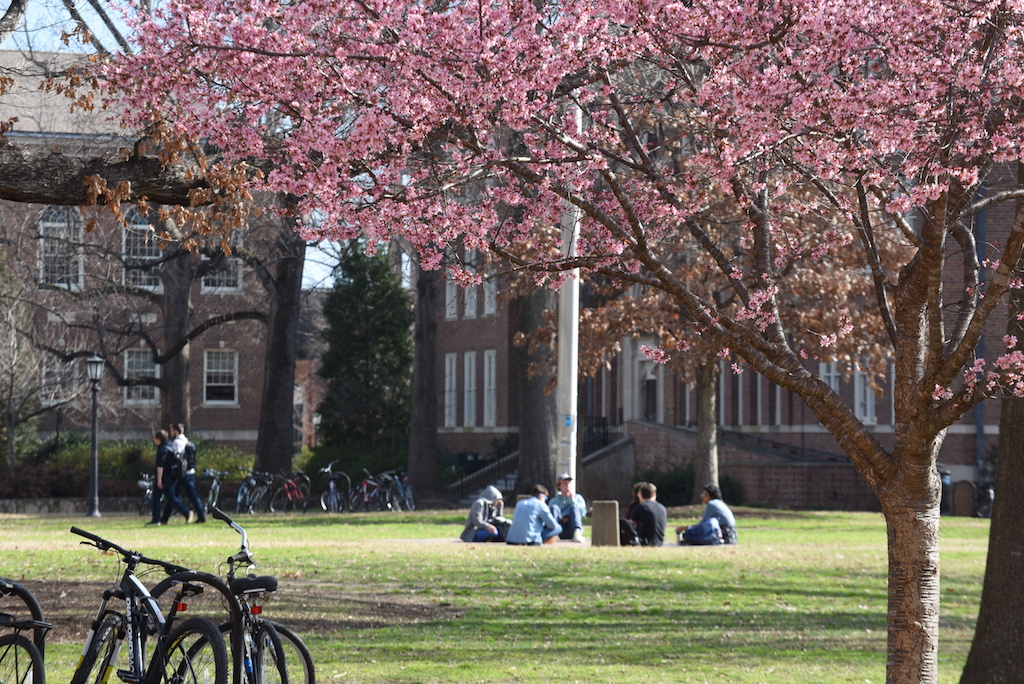The month of March was not a good month for higher education. With the national, state, and local social distancing recommendations, college leaders recognized that college campuses had to be closed. Within two weeks, almost all of our colleges and universities transitioned to online classes with students attending classes remotely from home, their off-campus apartments, or in a few cases, from their dormitories. Winter athletic championships were cancelled, as was the spring athletic season.
More recently, many colleges and universities have announced that their summer sessions will be conducted online or not conducted at all. A few colleges and universities have announced that they will open for the fall semester, while working hard to continue a social distancing recommendation until a coronavirus vaccine is available for all. Other colleges and universities have delayed the announcement of whether or not the campus will open in the fall.
Naturally, the uncertainty about the campus environment has created uncertainty among students and parents. One survey indicates that as many as 20 percent of incoming college freshmen are considering deferring their enrollment in college next fall. There are numerous cases where returning students have indicated that if their fall semester is conducted online, they expect a subsequent reduction in tuition and fees since online attendance was not why they chose their traditional college experience.
The prorated return of spring semester fees related to room and board charges exposed how dependent traditional public and private institutions are on those revenues to help offset their fixed-cost structure. Continuing to operate online in the fall will not only deprive the institutions of their room and board revenues, but will also obviously stir up more calls for tuition refunds.
Private colleges and universities that are tuition-dependent are considered the most vulnerable. At the same time, public colleges and universities are highly dependent on state support, and the impact of business closures, unemployment, and coronavirus hospitalization costs on state budgets has not yet been determined. One estimate is that there may be as much as $510 billion in unaddressed state budget shortfalls.
Unlike K-12 education and Medicaid programs that have state funding mandates, public higher education does not have such a funding safety net. It will likely have to absorb a significant decrease in funding that will translate to budget cuts, furloughs, and tuition increases at a time when many families are going through similar financial stress.
I have observed the higher ed sector from within for nearly two decades and from the outside for the three decades prior to that. The perception that the cost of college attendance has reached unsustainable levels has become a reality, with more and more colleges offering tuition discounts at or beyond 50 percent of published prices.
The current coronavirus pandemic only accelerates the future, one where more and more prospective students consider the cost of college and the return on that investment with expected career opportunities. Just as many retail stores and restaurants are projected to close in 2020, there will likely be dozens — if not hundreds — of colleges that will not reopen if social distancing is required in the fall.
If some of the biggest brands in higher education choose to expand their online offerings as a result AND offer the same degree at a much lower price if the student attends online, expect a flight to those brands. If that does not occur, expect more price-sensitive students to more seriously consider quality and affordable online options, regardless of the brand. When the multi-year period of disruption is over, I expect that we’ll classify it as more of a shakeout versus a shakeup.











